& Construction

Integrated BIM tools, including Revit, AutoCAD, and Civil 3D
& Manufacturing

Professional CAD/CAM tools built on Inventor and AutoCAD
6 min read
In the last two years, the UK water industry has been under increased scrutiny by Ofwat, the water industry regulator, for ongoing sewage spills in England’s waterways. Ofwat can fine companies up to 10% of their annual sales, and now three water companies have been slapped with a total of £168 million in fines. The fines can be appealed and reduced if the water firms demonstrate they are taking measures to tackle these ongoing CSOs. What can they do to reinstall trust? We think that technology will be a key answer to that question, and we’ve written about it in our new white paper, AMP8’s unprecedented opportunities. This is an excerpt from the paper, which you can download and read at your leisure.
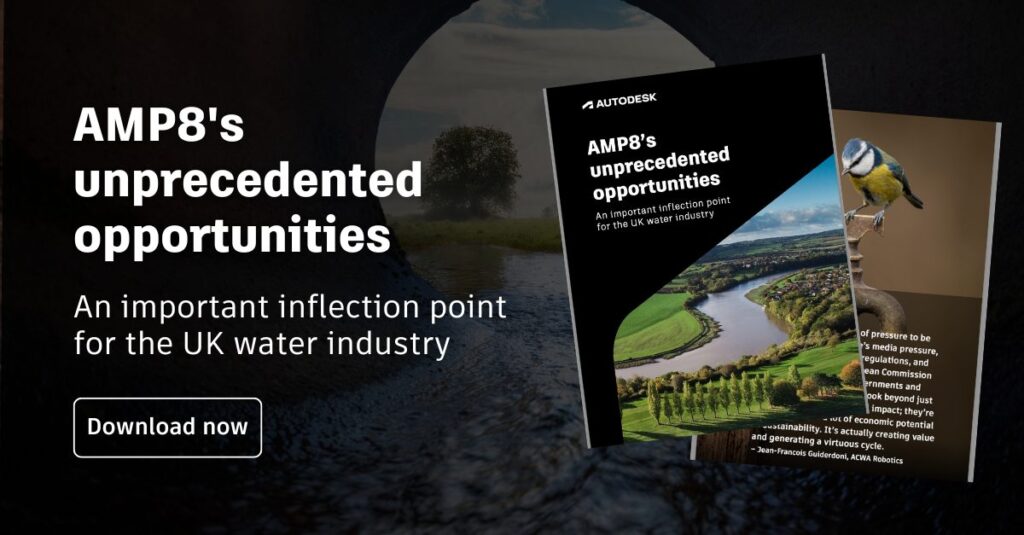
This new white paper is about the current AMP8 funding cycle, which represents a unique opportunity for water professionals in the UK to secure funding for three key priorities:
The first pillar of opportunity is around digitalisation, which is the focus of this post.
There is a technology spectrum that exists for water professionals that ranges from doing everything manually using data entry, site logs and spreadsheets to having a separate digital-based system for every aspect of operations. Most water professionals, and likewise most organisations, already know where they fall on this technology spectrum. In simplistic terms, they will either invest more money in digitalisation in the coming funding cycle or invest more time in less efficient work-arounds to enable them to get their jobs done.
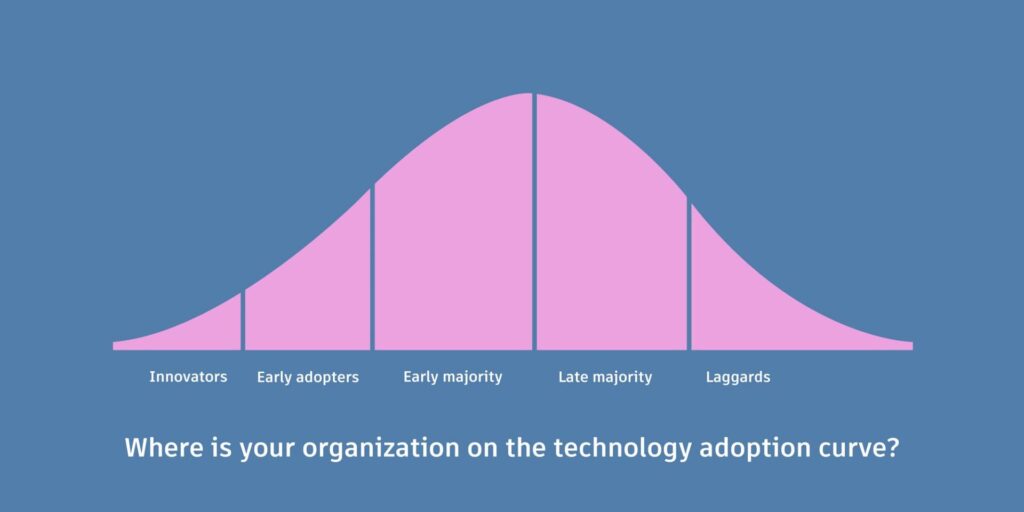
No matter where you are on the digital maturity journey, securing funding for data-centric systems is step one. Changing your organization’s internal status quo and ways of working is the next step, but AMP8 is a real opportunity to secure funding to pursue organisational change that pushes everyone you work with further down the line towards technological efficiencies.
Perhaps more importantly, AMP8 offers an unprecedented opportunity to attract the next generation of water workers. The water industry in the UK is made up of some of the most knowledgeable engineers in the world, but it still struggles with a talent shortage as it must replace its aging workforce with fresh-faced recruits who grew up with, and expect, the best technological tools.
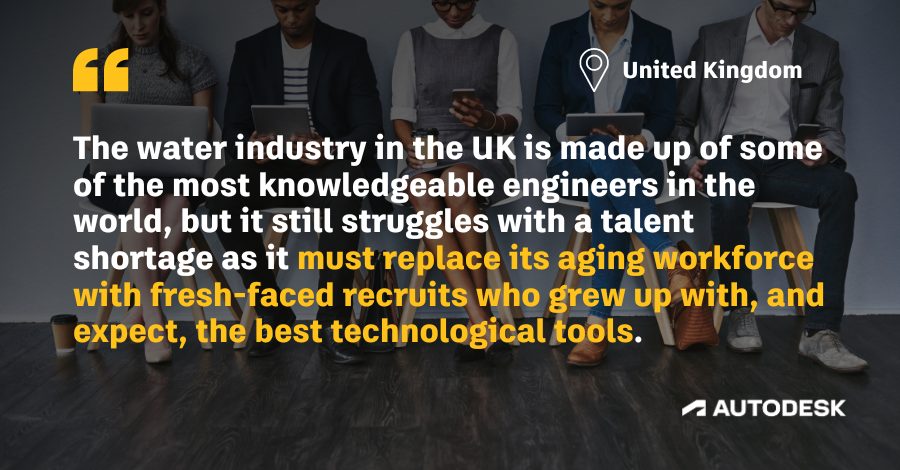
This talent shortage falls particularly in the realms of data analytics, AI, and digital development. Water companies need more digital leaders inside their organisations who can help build connected systems and instill data-centric processes that will move them away from gathering data from disparate sources and from a reliance on outdated technologies.
Despite these workforce challenges, the greater technological outlook for the water industry is positive. No matter where you and your organisation are on the technology spectrum, the future for infrastructure design and operations is looking bright when you consider the advances in AI and ML, which could not have been predicted even a few years prior. Platforms that enable collaboration and knowledge sharing are already changing the way the water industry works, in much the same way that they have for the energy and construction sectors, and these platforms are evolving rapidly.
In essence, the technological tools embedded in these platforms are being upgraded with the addition of Artificial Intelligence and Machine Learning. These revolutionary technologies have the potential to be applied across nearly all areas, from helping to prevent accidents, to cutting down time spent reviewing and investigating issues, to building better drainage designs.
While it seems that the early stages of AI and ML are flooded with an overabundance of marketing hype, there is no denying that these innovations are profound and will have a long-lasting impact on the water industry. If you are not yet an early adopter and are still skeptical, we think the chances are high that a majority of UK water professionals will be relying in some way on AI-assisted design tools within the next two years. A whopping 66% of our customers believe that in 2-3 years AI will be essential to their work.
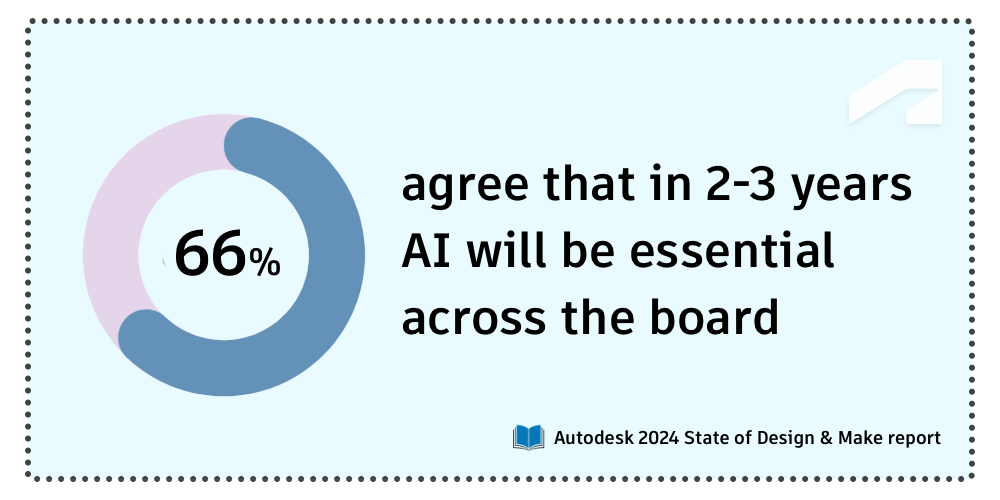
In some ways, these new (and disruptive) technologies provide an opportunity for organisations that are at the beginning of their digital transformation to potentially advance a stage – or even two – of the traditional technology adoption lifecycle. We think that early adopters will be rewarded the most.
As early adopters of technology ourselves – and as sellers of software to the water industry – we are naturally biased about the potential of technology. We believe that almost full digitalisation of the water industry is necessary and inevitable. Although it may not happen as speedily as tech evangelists hope, we are very bullish about the digitalisation gains that AMP8 will unlock, and we’re moving quickly to build solutions that help water professionals move themselves further along the technology adoption lifecycle. Innovation for the water industry is here now, and it’s moving forward at an extraordinary pace.
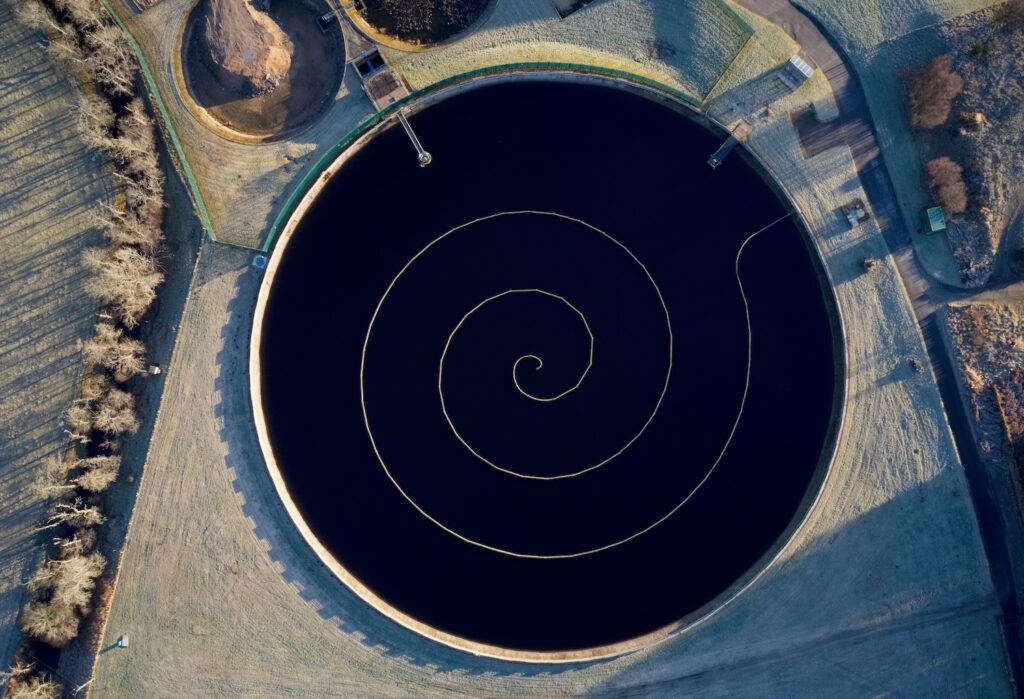
Since Innovyze joined Autodesk two years ago, we’ve been making significant progress together:
To cite just a few examples, in just the last year alone, our software for water professionals has seen major advances. InfoDrainage added a game-changing Machine Learning Deluge Tool, while InfoWorks ICM (along with InfoWater Pro) adopted lightning-fast cloud simulations, which has removed long-entrenched computer-processing barriers. Now, our customers can run large batches of simulations significantly faster, in minutes instead of hours. We have more tech advances in the pipeline, like adding AI CCTV VAPAR technology to Info360 Asset.
In addition, our water software is becoming more tightly integrated with Esri GIS mapping technologies and with Autodesk AEC Collection apps like Civil 3D and InfraWorks. These integrations have been joined in the past few years by new, next-generation SaaS apps like Info360 Asset for asset management, Info360 Insight for deep operational analytics, and Info360 Plant, which is specifically designed for utility operation efficiencies. We’re very excited for these advances that have come relatively quickly, and even more excited about what we will accomplish in the coming years.
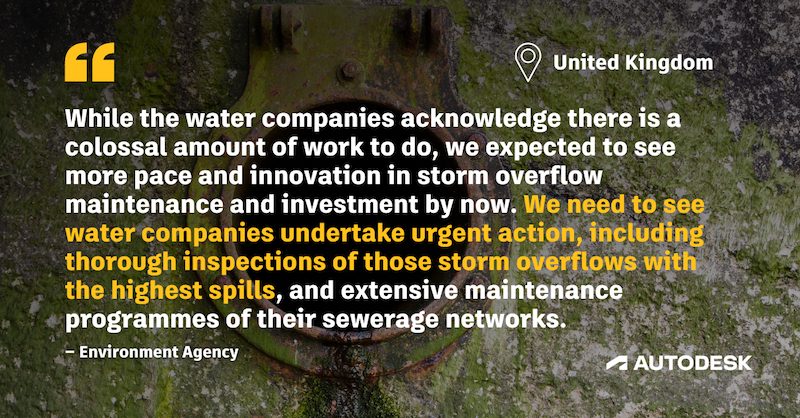
While we are bullish on technology, it is true that spreadsheets and hand-written site logs are still all too common in the water industry. Further, those water utilities that are digitally advanced sometimes have a Frankenstein arrangement of systems, which each system separately working to solve an important problem, but which do not communicate with each other effectively. The impact is high costs, time wasted and sometimes even confusion about data accuracy because there are so many sources of data.
We believe these challenges are all solvable by investing in a data-driven work culture. We encourage all water professionals to embrace the digitalisation opportunity that AMP8 provides. Now is the right
time to hop on the technology train and adopt an analytic-focused mindset. Don’t wait for the next train – it won’t leave for another five years.
Want to learn more? Read the full report.
Sign up for the One Water Blog newsletter, and we'll keep you updated about our top stories, along with the best content we find online. We only send out a newsletter when we have something interesting to share.
May we collect and use your data?
Learn more about the Third Party Services we use and our Privacy Statement.May we collect and use your data to tailor your experience?
Explore the benefits of a customized experience by managing your privacy settings for this site or visit our Privacy Statement to learn more about your options.